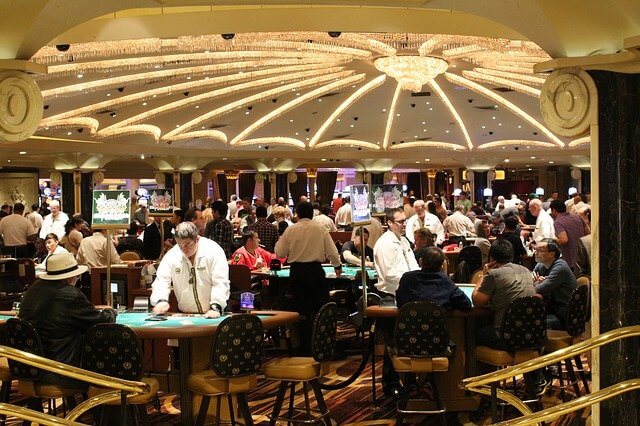The fascinating Psychology Behind Casino Game Design
admin
- 0

Casino games have long captivated the human imagination, drawing players into a world filled with fortune, strategy, and the allure of adventure. Each activity is meticulously crafted not just for fun, but also to elicit specific emotional responses that keep participants engaged and invested. Understanding the motivations behind these designs reveals much about how human psychology plays a vital role in the gaming experience.
From the dazzling lights and vibrant sounds to the complex layering of guidelines and rewards, casino games are designed to create an atmosphere of anticipation and eagerness. Game designers leverage mental cues to influence gambler behavior, whether through the use of big prizes, close-call situations, or social interactivity. By examining these aspects, we can better appreciate how casino games fulfill not just a want for entertainment, but underlying psychological needs for excitement and hazard.
Grasping Gamer Behavior
Casino games are engineered with a profound comprehension of player psyche, which is essential for luring and retaining players. The excitement of the game, coupled with the anticipation of winning, creates a formidable allure. Game designers utilize elements like audio cues, vibrant graphics, and captivating gameplay to engage attention and evoke emotional responses. These sensory experiences enhance the immersive experience, making players feel more attached in the game.
Another significant aspect of player behavior is the notion of risk/reward dynamics. Casino games often manage high-stakes situations with the potential for significant rewards, which can result in the event known as near-miss experience. When players come close to winning, the brain releases dopamine, strengthening their behavior and motivating them to continue playing in pursuit of that hard-to-reach win. This cycle of wish and frustration plays a key role in how games are constructed and promoted. HELLO88
Lastly, social elements also play a pivotal role in player behavior at casinos. Many games are made to be played in groups or in company with other players, nurturing a sense of community and collective experience. The social interaction inherent in games like baccarat enhances enjoyment and can result in longer play sessions. Designers take advantage on this by crafting environments that invite players to linger, interact, and return, making the overall casino experience more inviting.
The Role of Imagery and Sound
Visuals and audio play a significant role in enhancing the player’s experience within gambling games. Designers utilize bold colors, eye-catching graphics, and captivating animations to grab players’ attention and maintain their interest. The use of themes, such as exploration or opulence, helps create an engaging atmosphere that takes players into another world. By connecting to the senses, these elements add to a intensified emotional response, encouraging players to interact more deeply with the games.
Audio design is equally important in reinforcing the experience of casino games. The combination of background music, sound effects for winning combinations, and environmental noises creates an sound landscape that holds players fascinated. Audio cues associated with victories, such as ringing bells or celebratory music, evoke feelings of thrill and reward, encouraging players to continue playing. These audio cues are strategically placed to enhance the thrill of the game and create a more engaging experience.
Additionally, the synchronization of imagery and sound is important for reinforcing the game’s overall theme and mood. Each element should coordinate seamlessly to create a cohesive experience that pulls players in. The effective use of this integration not only enhances user satisfaction but also boosts the chances of return play, as players become more invested in the immersive world that the casino games offer. This thoughtful integration of imagery and sound ultimately enhances player engagement and commitment.
Reward Systems and Participation
The development of casino experiences heavily relies on reward structures to keep participants engaged and returning for additional experiences. These structures are rooted in psychological principles that take advantage of human nature and desire. Participants are often motivated by the excitement of success, which is supported by immediate responses through the game’s mechanics. This prompt satisfaction not only improves the gaming experience but also fosters a sense of success, prompting participants to continue participating in hopes of greater rewards.
Casinos utilize various incentive systems, such as large payouts, extra rewards, and multipliers, to engage participants. These elements create a level of thrill that maintains interest. Additionally, the unpredictability of results plays a significant role in keeping attention. The variable reward system, where successes are unpredictable but occur often enough, maintains participants on edge and driven to keep playing. This cycle of hope and expectation is foundational to the effectiveness of casino games.
Moreover, community aspects, such as competitive events and multiplayer features, enhance the engagement factor by tapping into the desire to compete of participants. The shared experience of gaming with others can amplify the thrill of success and create a sense of community within the casino. By integrating these social dynamics with effective incentive structures, gambling experiences don’t just provide entertainment but also nurture a deeper bond among players, solidifying their loyalty to the gaming experience.